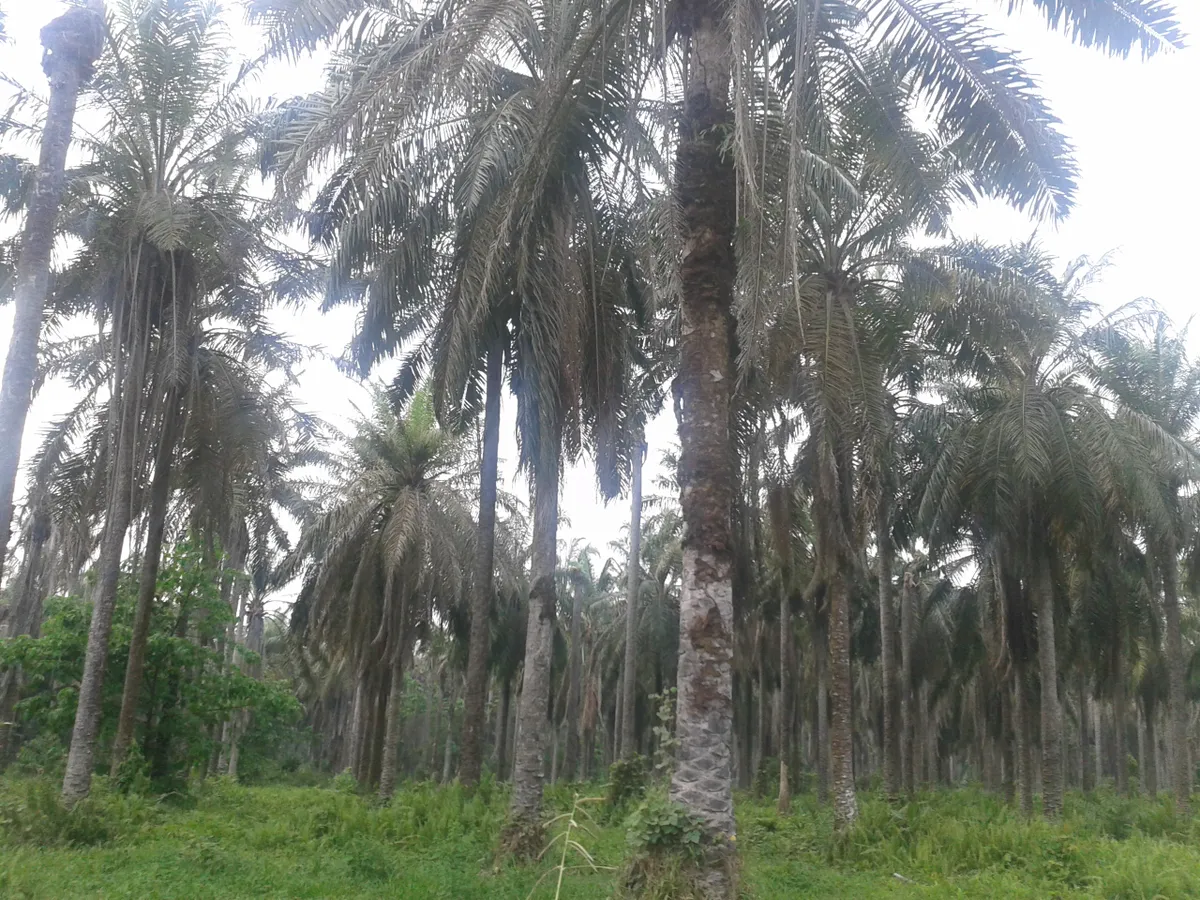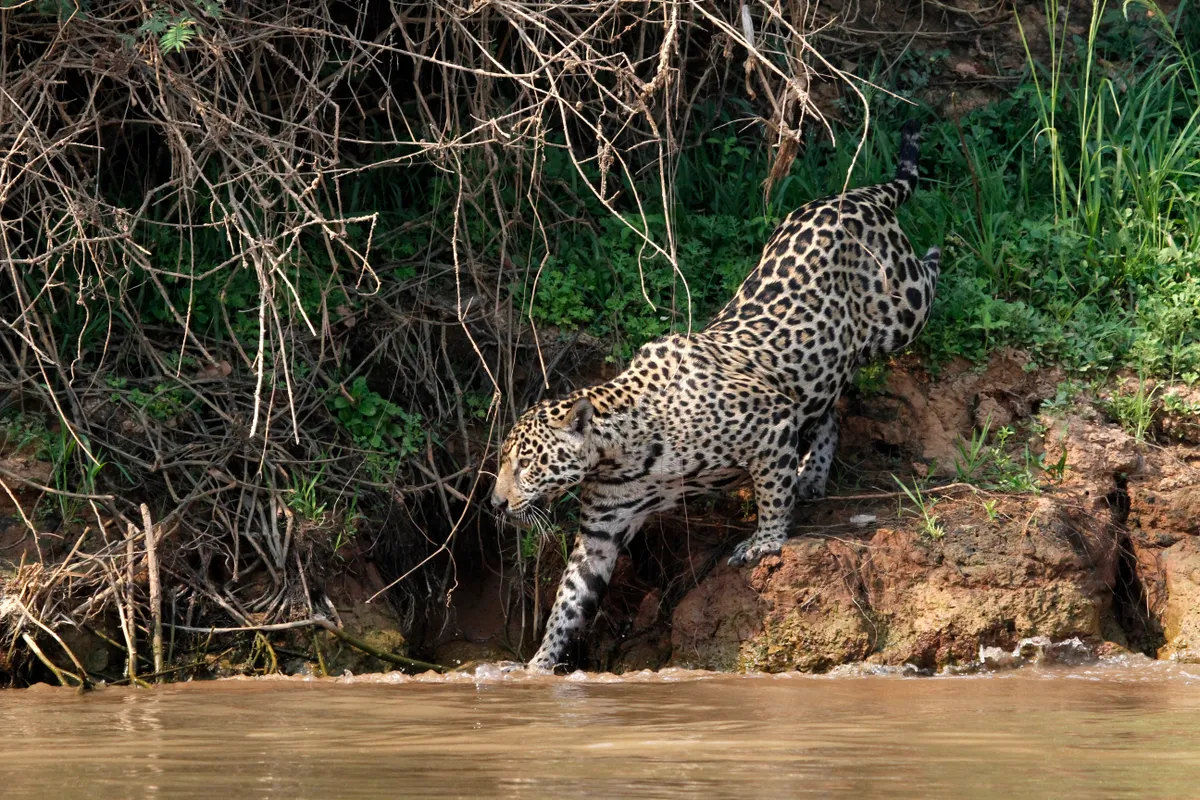Unsustainable palm oil production has created many environmental problems in Asia, with swathes of tropical rainforest bulldozed to make way for plantations, and with them the habitats that many animals depend on.
Cat conservation charity Panthera has warned that mammals in Latin America may be facing the same threat.
Their new report, published last month in Frontiers in Forest and Global Change, outlines the potential threats expanding plantations in countries like Columbia could pose, and suggests ways that palm oil could still be produced whilst minimising the impact on iconic species such as jaguars.
Oil palm production is expanding rapidly in Latin America, and this region is poised to become the second-largest palm oil producing region in the world after Southeast Asia. This has the potential to severely disrupt mammal communities.
The charity says this could be especially dangerous for jaguars, a large-bodied species which requires huge areas of connected forest to survive. Unlike some smaller cat species such as ocelots, jaguars will not live in plantations and cannot survive on the rodents present in them.
The new roads that come alongside new plantations will also deter jaguars – females in particular are known to actively avoid roads. This will in turn limit jaguar territory and connectivity, and affect their density.

However, as the report explains, it is not necessary to utilise these native forest areas and wetlands that are core jaguar habitats for oil palm production.
There are plenty of adequate overgrazed farmlands that oil producers could use instead. These landscapes are already degraded and do not have the same high conservation value as native forests.
“Palm oil expansion doesn’t have to be at the expense of native forests. New palm oil frontiers should occur in degraded ecosystems, without the requirement of new infrastructure. Road creation and upgrading is a catalyst for both habitat loss and overhunting, two major drivers of mammal extinction,” explains Dr. Esteban Payán, lead author of the report and director of Panthera’s South America Jaguar Program.
It is also possible for oil palm plantations to actively support the activities of native wildlife. If these plantations are close to well-conserved forests and include small forest patches and water-adjacent forest areas, they can be used as corridors and stepping stones for dispersing species. The key is to avoid vast unbroken plantations that cut off forest patches and isolate populations.

This would however require serious adjustments in the way plantations are managed, as well as well-informed land planning and governance.
Oil palm producers can also limit their impact on the native wildlife by changing methods and regulations within their plantations. If oil palm is planted heterogeneously rather than uniformly across the landscape, and complex understories are preserved then mammal diversity is likely be richer, as has been observed in Southeast Asia. This is also thought to protect the palm from insects and other pests, so a win-win situation, according to the report.
The charity also recommends that harvests be done manually, to decrease the use of wildlife-disturbing machinery and to maximise employment, resulting in socio-economic benefits for local people.
Avoiding twilight and night-time work-hours would also benefit wildlife by allowing animals to adapt to circadian activity rhythms with minimum disturbance and noise, as well as giving nocturnal predators the time and space to hunt.
Further recommendations include crossings on drainage canals to accommodate land animals, and the prohibition of hunting and fires to further protect biodiversity.
Conservationists and institutions will have to act fast however. 21% of new plantations in Latin America were found to have come from deforestation, most notably in the Amazon and the Petén region in northern Guatemala. Columbia is now the fourth-largest palm oil producer in the world, with a growth of 42% in 2017. Of the 155,100 hectares of new oil palm plantations that were created between 2002 and 2008, 16.1% occurred in forests and natural savannas.

Jaguars are rapidly losing the large territories they need to survive, and the unregulated advancement of palm oil will further diminish their habitat” explains Dr. Howard Quigley, Panthera’s jaguar program and conservation science executive director.
“However, Latin America’s palm oil industry can evolve sustainably through landscape zoning, plantation designs that preserve water and forest areas, and harvest practices. But urgent action is required.”
Read the full report in Frontiers in Forest and Global Change.
Main image: Jaguars in a Columbian palm oil plantation. © Panthera

